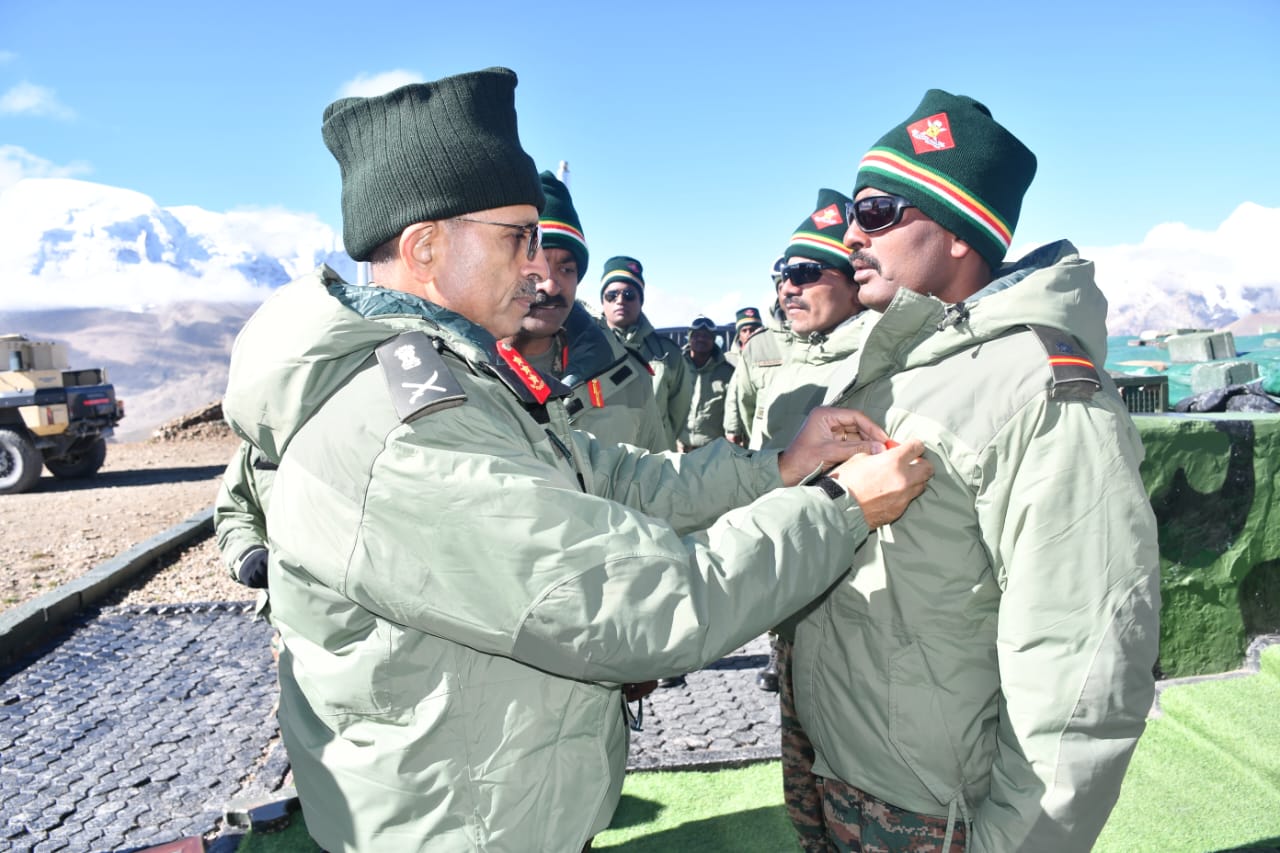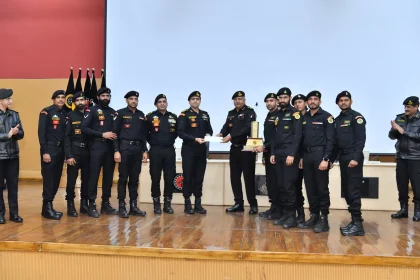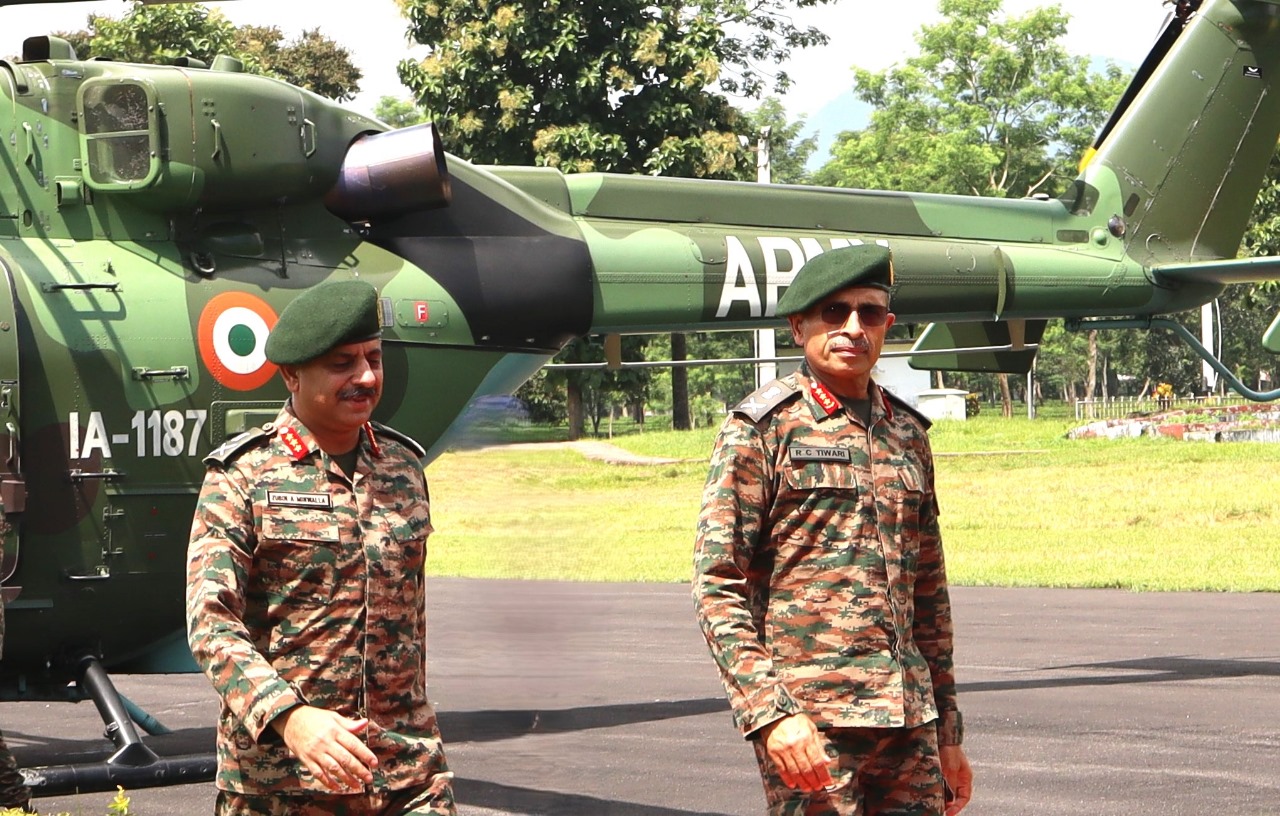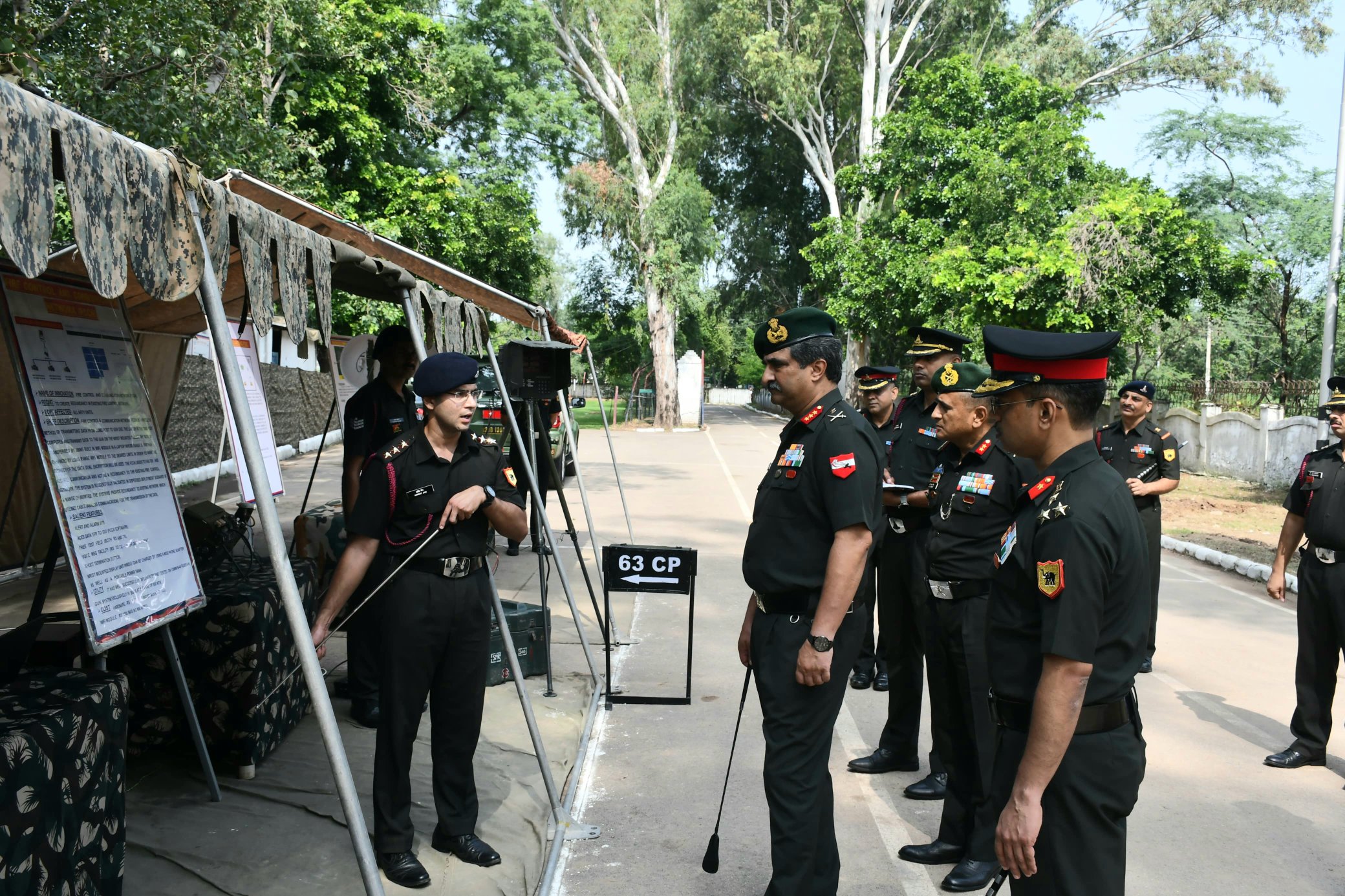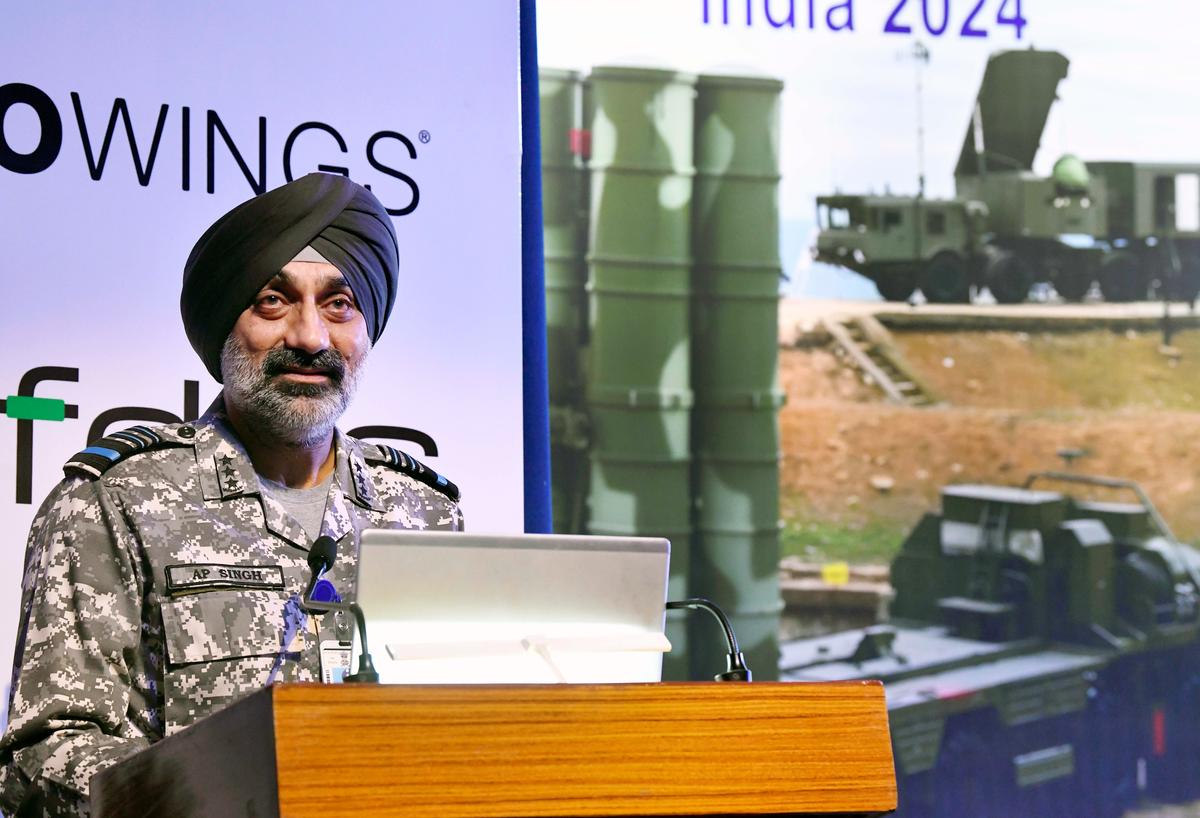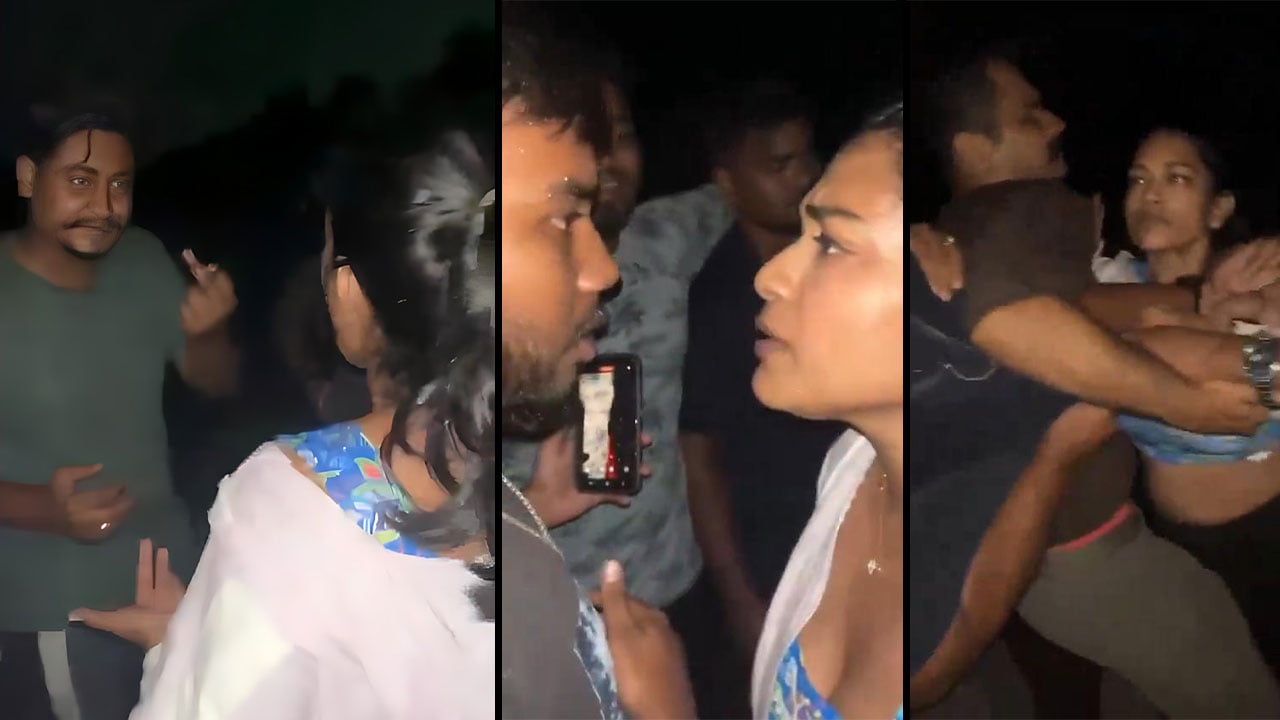Lt Gen RC Tiwari Reviews Operational Readiness at Headquarters Trishakti Corps
Lt Gen RC Tiwari, Army Commander Eastern Command, conducted a thorough review of the operational preparedness at the Headquarters Trishakti…
What is the NSG Commando Salary in India?
NSG Commandos are highly trained professionals who put their lives on the line to protect the nation. To attract and…
Lt Gen RC Tiwari Reviews Operational Readiness at Headquarters Trishakti Corps
Lt Gen RC Tiwari, Army Commander Eastern Command, conducted a thorough review of the operational preparedness at the Headquarters Trishakti…
Kharga Corps GOC Reviews Operational Readiness of Airawat Gunners
In a significant demonstration of military readiness, the General Officer Commanding (GOC) of Kharga Corps recently reviewed the operational preparedness…
Meet Air Marshal Amar Preet Singh, Next Chief of Indian Air Force
In a significant development that will shape the future of the Indian Air Force, the Government of India has announced…
Local Goons Harassing Indian Army Major and Fiancée, Engineering Students Among 7 Detained
A disturbing incident involving the harassment of an Indian Army Major of the Sikh Regiment and his fiancée has come…

